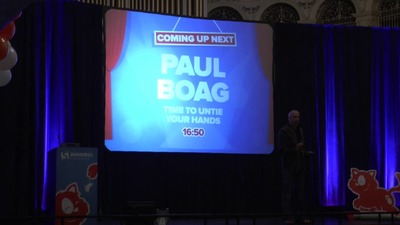IxDA Events
March 2013
How to Design Social Experiences
The web is evolving, orienting around people rather than content. As a result, almost all UX professionals will increasingly need to design social experiences. Designing interactions between people is different from designing user experiences. For example there is often no clear task to design for, no set user goal, and no clear outcome.
To complicate matters further, people’s sense of identity and the social interactions they have with others are subtle and nuanced. This means you can never predict how people will respond to what you create for them. Not only does this uncertainty mean that we need a very different approach to product development to be successful, it means that we need to be ready to iterate in real time – to change what we have launched almost immediately after we have launched it.
Paul talks about the social design process, how it differs from classic user-centred design methods, and will explain why he thinks UX professionals will need to change how they work to be successful in the future.
Design Process, Interaction Design, Artificial Intelligence, Social Design
Paul Adams
See speaker profile
5 conference talks









